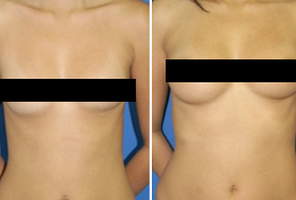Hypertrophic scars and keloids are often discussed together since technically, keloids are a form of hypertrophic scar. In actuality, hypertrophic scars and keloids are two separate conditions. While treatment for keloids and keloid surgery can be extended and adapted to hypertrophic scar treatment, in most cases surgeons consider hypertrophic scars separately.
Why does it happen
Hypertrophic scars are red, raised lesions that are not usually painful but are often itchy. Hypertrophic scars are different from keloids in that hypertrophic scars stay very near the borders of the wound or break in the skin. Hypertrophic scars are caused by deposits of large amounts of collagen under the skin. While collagen is formed as a natural part of wound healing, when the collagen formation is excessive, hypertrophic scars form instead of normal wound tissue.
Risks of Hypertrophic Scars
There is increased risk of forming hypertrophic scars whenever there is any injury to the deep layers of the skin such as the deep dermis. Also, people that sustain burns are more likely to develop hypertrophic scars.
Preventing Hypertrophic Scarring
The precise cause of hypertrophic scars is somewhat of a mystery to physicians and scientists. As a result, preventing or avoiding them can be difficult. Doctors have noticed that hypertrophic scars occur more often when there is skin infection, burns (especially deep or severe burns), and any situation that stretches the skin. That is why surgeons performing hypertrophic scar treatment are careful to gently close treated areas.
How to Fix or Remove Hypertrophic Scars
In many cases, hypertrophic scars may go away spontaneously over time. This is unlike keloids which persist and usually require keloid surgery or some other treatment for keloids. Hypertrophic scar treatment can be done in many ways including cryotherapy, excision, or laser ablation. In cryotherapy, the hypertrophic scars are essentially frozen off. Excision is a hypertrophic scar removal surgery that is precisely how it sounds—the scars are cut out of the skin. Laser treatment is a newer approach that has been effective in select cases. Lasers are used to heat and destroy the hypertrophic scar tissue.
Consulting with a Plastic Surgeon Professional
If you are concerned about hypertrophic scars, it is important to see a plastic surgeon. This medical professional will be able to examine the scar tissue and determine if hypertrophic scar treatment is needed. If it is, the plastic surgeon will be able to explain your treatment options and suggest a course of action that is tailored to your needs.
Â

